Elephant, on the other hand, just lurks, wooly with fir trees, hunching over its smaller neighbors. On that account alone it could very well be called Wooly Mammoth or just Mammoth. The mountain’s only claim to notoriety is its height—just enough to qualify for inclusion in New England's 100 highest peaks portfolio (at #98). If not for the list, the only people who might visit it would be foresters, loggers, hunters (none likely going as far as the summit), and an occasional wildlife biologist conducting research on Canada lynx or pine marten.
Skid trails continue further up the mountain, and from there several herd paths choices continue the rest of the way (the herd paths are tricky to parse in deep snow). In summer, the round-trip hike is 6-ish miles; in winter between 7 and 9 miles depending on approach. The primary logging road is located off South Arm Road, (a good gravel public way) about 8 miles north of Andover. I chose to do Elephant in winter when the evidence of logging was buried in deep snow and the thinned, frost-capped saplings made for idyllic, postcard scenery. It took me two trips: the first, a late-start solo, breaking trail through knee-deep and deeper snow to 3,400 feet, and the second (with a few friends) going the rest of the way. For the second trip, I brought my skis and made good time both up and down the logging roads.
0 Comments
Leave a Reply. |
TOPICS
All
Humor (The Parsnip)

|
Proudly powered by Weebly
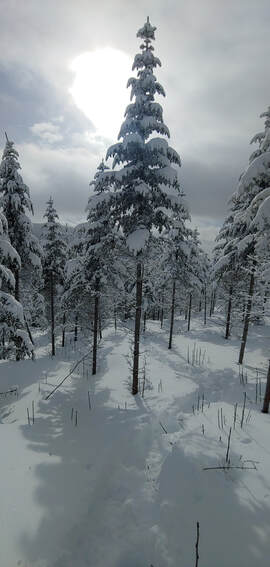
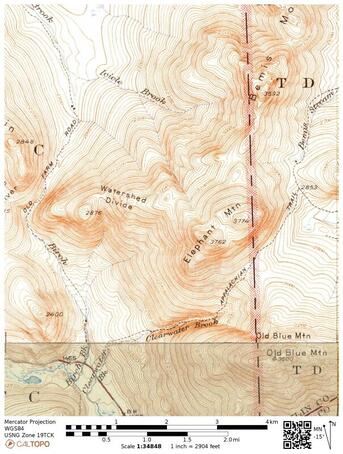
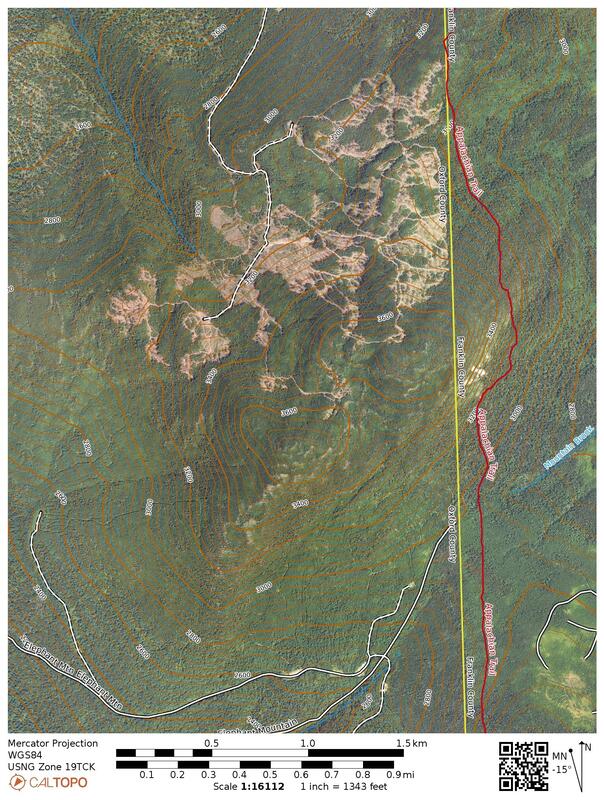
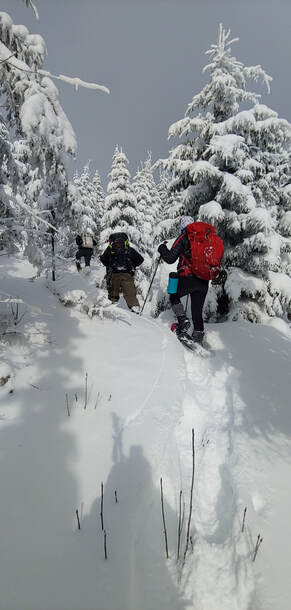
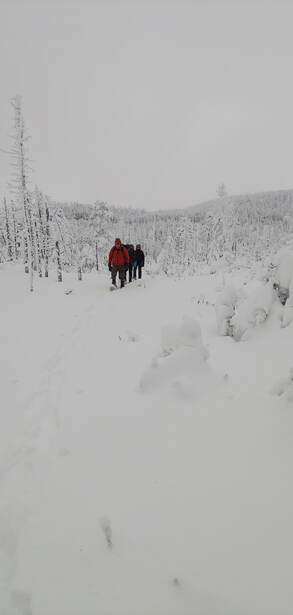
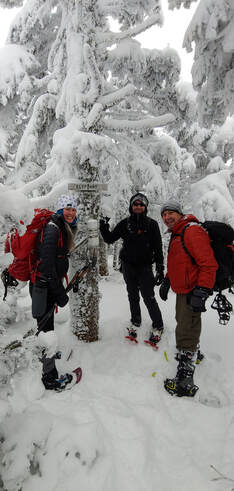
 RSS Feed
RSS Feed
